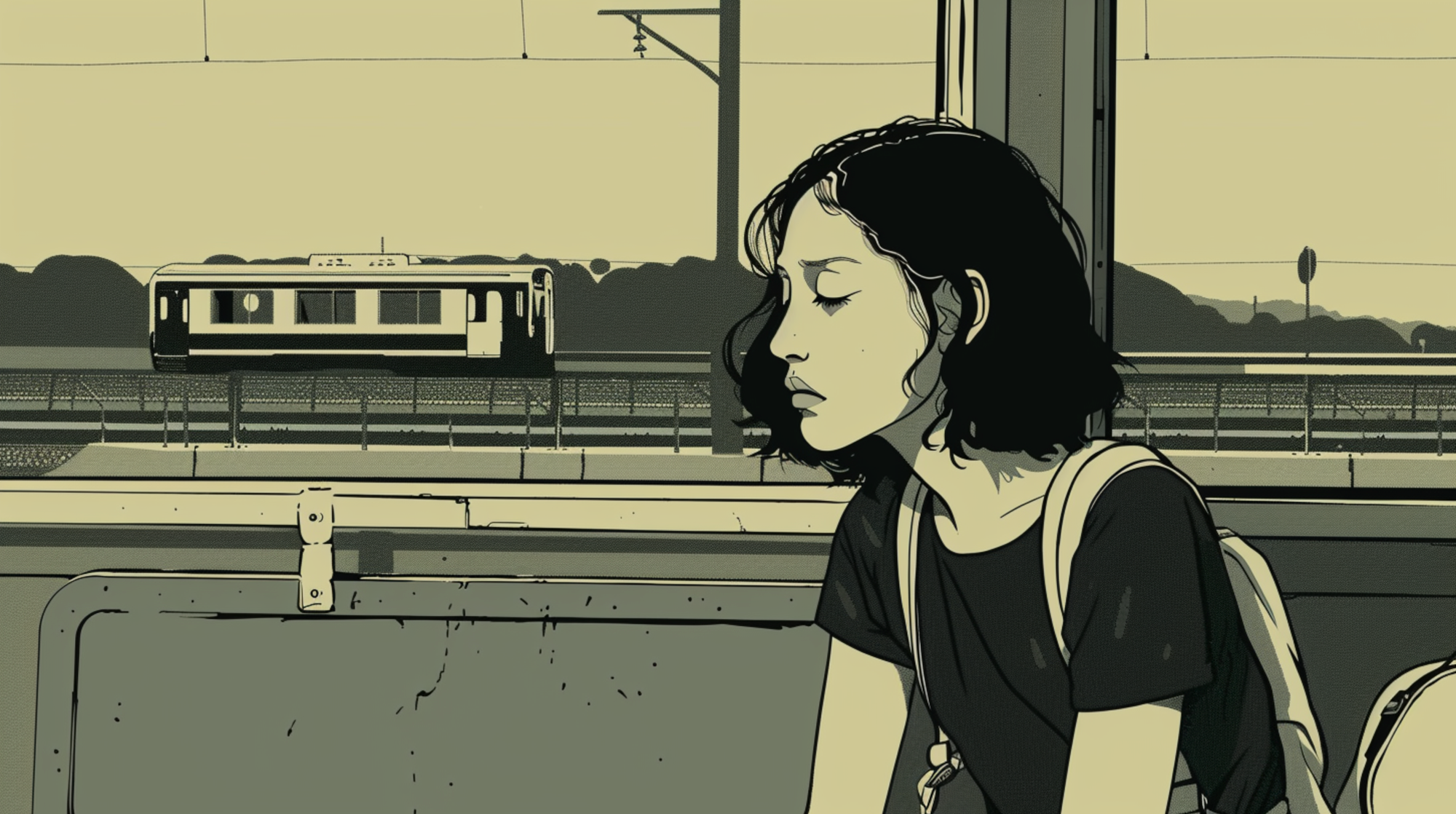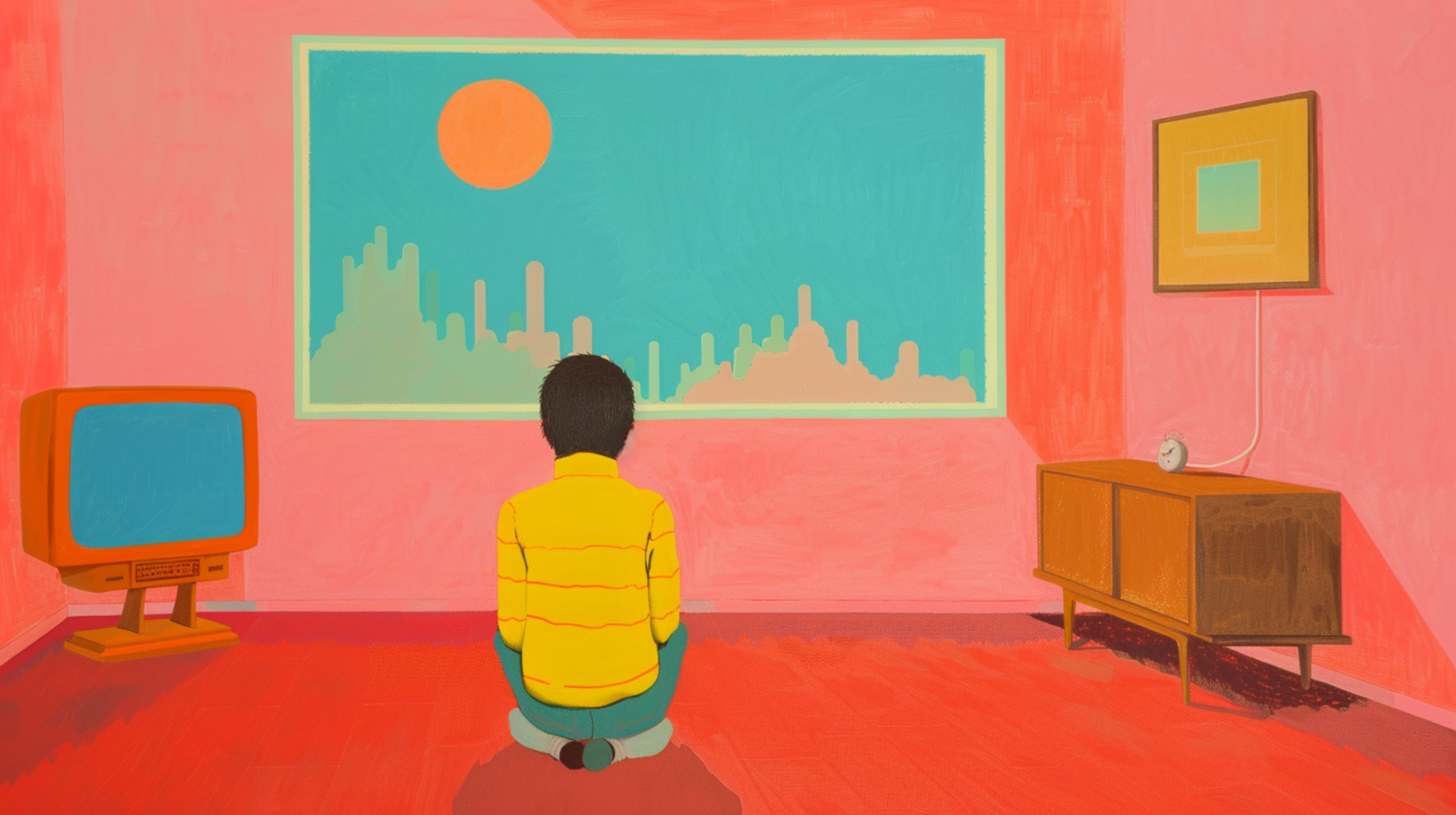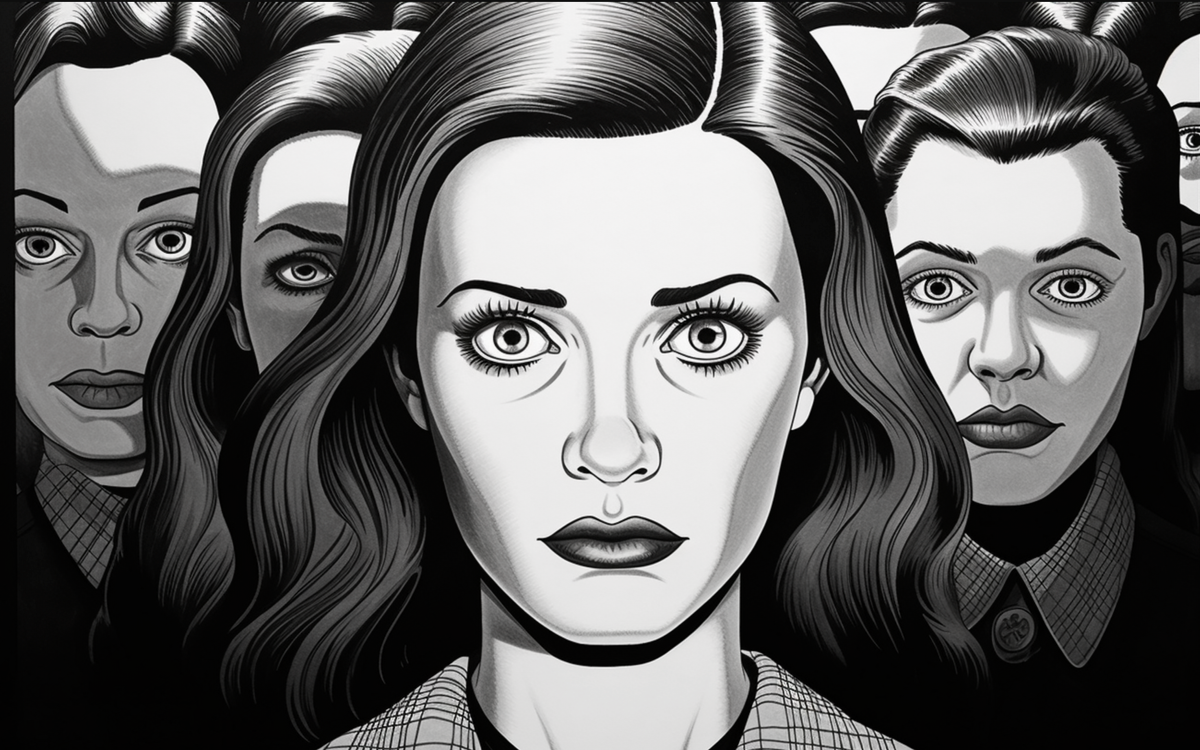Grief: The emotion no one wants to talk about 🫢

While the world has gotten better at talking about its feelings, there is still at least one emotion where things remain a little tricky: Grief.
It’s that emotion that we never seemed prepared for. The one we see on TV and film, and say to ourselves, “oh yeah, I bet that is terrible, but I’m ok right, right?!”.
I’m sad to say, grief will visit all of us at some point. Just look at the numbers. In the UK, 660,000 people die each year, in the US it's 2.5 million. Each death leaves, on average, five grieving people behind. That means that grief will touch all of us, roughly every 20 years. That’s ignoring mega events like Covid, the loss of pets, homes, livelihoods. You get the idea.
The loss of a loved one has been recognized as the greatest life stressor that we face as humans. But grief is an emotion that many of us don’t know what to do with. It’s something you can’t teach others how to do, and it affects us all differently.
So in this week’s Brink I’m going to be exploring the idea of grief: what is it, and how we understand its value and purpose. I also wanted to suggest that grief isn’t something to be scared of. We can learn a lot about ourselves when we experience grief. These things can help us form new and better ways of living.
Out of darkness, comes light.
Grief History 📜

Grief is a strong, sometimes overwhelming emotion that typically stems from the loss of a loved one or from a terminal diagnosis they or someone they love have received.
Humans have a long history of grief. There are scenes of mourning and loss etched into ancient Greek pottery, and painters, playwrights and poets have long explored the numb, empty, disorientating feelings that come with profound loss.
But our journey into grief history begins in 1917 when Freud published his paper, Mourning and Melancholia - his essay that attempted to explore the subject by separating grief into two distinct categories:
- Mourning - a person deals with the grief of losing a specific love object, and this process takes place in the conscious mind.
- Melancholia - a person grieves for a loss they are unable to fully comprehend or identify, and thus this process takes place in the unconscious mind.
But Freud had long been interested in grief. The Interpretation of Dreams Freud’s seminal work published in 1899, was written as a creative response to the grief over his father, who died in 1895. Indeed, many of the dreams that he discusses and analyses in the book stem from some of his most intensive periods of mourning.

But he returned to the subject for his paper on mourning thanks to the First World War. Freud, at the time, was based in Vienna, which was rocked by famine and disease as war took its toll on civilians. Two of Freud’s sons and son-in-law fought during the war, focusing his attention even further. Freud’s later life would be dominated by loss and grief.
Freud proposed that grief didn’t just occur because of the death of a loved one. He believed people could fall into mourning over the loss of the fatherland, freedom or even an ideal.
He also saw grief as something very normal, and that it didn’t require medical treatment as was popular at the time. He reckoned it was an important experience to go through as it helped push people into taking a more active role in their lives. More on that later.
The next big development in understanding grief happened in the late 1960s when Elisabeth Kübler-Ross, a Swiss-Amercian psychiatrist theorized that grief occurs in predictable stages. These stages, which have become enshrined in popular culture were:
- Denial
- Anger
- Bargaining
- Depression
- Acceptance
Much of this idea has endured to the present day. While critics have argued that there is nothing linear about grief, it can be a useful guide to help place people in time when it comes to how they suffer.

But what is grief, really? And why do we do it for only some people but not others? We need to look at neuroscience for the answer to that question.
Grief Encounters 🙋

When it comes to grief, most of the research concerning what actually happens to us during loss focuses on a part of the brain called the nucleus accumbens.
The nucleus accumbens is a brain structure that has a high concentration of receptors for oxytocin, the chemical that cements our bonds, and receptors for dopamine, a neurotransmitter that facilitates learning, motivation, and reward.
When we enter into a relationship, and we start to bond with that person (or idea, if you’re Freud), the nucleus accumbens starts firing. This creates a flurry of chemicals that help reinforce the idea that this person is someone we should stick to. We get rewarded the more time we initially spend with them.
It also creates a negative response when that bond is separated or threatened. While that might sound a bit OTT, that distress that becomes encoded in our heads is a survival strategy. It prompts us to go and find that person to help us feel safe, or reassured. We see that in children when they are hurt or feeling blue. They go looking for a caregiver. Because our survival depends on our ability to get the things we need from others.

But this adaptation that happens in our brain from an early age, is only useful when we can find or restore the bond we have become oh so attached to. If someone dies or is lost, we are unable to resolve that need, and that’s where grief steps in.
There are lots of symptoms for someone being in grief: it can be anything from memory loss, numbness, inability to regulate emotions, weight loss, and increased inflammation. Grief is a big deal for our bodies.
But there’s another thing that happens when we attach - and then lose - a loved one that occurs in the fuzzier zone we call our sense of self.
Recent research has found that part of who we think we are is made up of the relationships and the people we have in our lives. In one study, researchers found that when monitoring brain activity, our heads have a similar response to when we see ourselves and when we see people we are close to.
That means that part of our sense of self is made up of bits of our loved ones, too. Lose the loved one, and we lose that part of ourselves. We’re in the pain zone now.
So now we’re all in agony, what do we do now?
Grief Learning 🧑🎓

Unlike other ideas around self-expression, there isn’t a handy three-step guide, or a seminar you can attend on grief. It hits us differently and it hits us hard. But it’s supposed to. Especially for those of us who might struggle to describe who they are outside of the relationships that mean so much to them.
Something very important and meaningful to us no longer exists, or can’t be accessed to get what we need. So we have to adapt to the new normal. Many clients I’ve worked with want to return to how things were, but in reality, to grieve is to accept that this is no longer possible. But this adaptation takes time.
That’s because our brains are creatures of habit. As I described above, a lot of significant changes happen to us when we bond with someone. One of those is we get really good at predicting what might happen next.
When people start living with each other, their brains do lots of subtle things that help establish if everything is normal, or not. Let’s take an example: if you live with someone and they typically come home at a certain time or do a certain thing in a predictable way, our brains pay little attention to it. It knows it will happen, so it easily predicts it. That is until it’s gone.

When a friend or loved one doesn’t return on time, and you don’t know why, this is where our brains pipe and say, “err… something is not right, I can’t predict what’s going to happen next. Fix this.” The same thing happens when we lose someone. But on a bigger scale.
It takes weeks, months, or even years, for our brains to stop predicting that the person is there in a knowable way. This is why people who have lost others often report seeing them in crowds or try to call them without a second thought. Our heads continue to predict their presence long after the loss has occurred. These aren’t delusions - they are just patterns our brains are very good at recognizing.
The process of grief is really learning how to build new patterns of what life looks like for us. It’s also rebuilding a new version of the self out of the shattered parts left behind. It’s messy, and it’s painful, but it’s necessary. It’s why I have a tattoo of a kintsugi vase on my arm. Something beautiful can come out of something broken.
Grief is a skill we have to learn, and that can help us go on after someone has gone. While it can feel like we might grieve forever, most research shows that the vast majority of people who suffer grief return to a more regulated state after six months.
For many of my clients, the fog of grief begins to clear when they feel ready to build new habits, new ideas, and new parts of themselves. Many report picking up new hobbies or interests, or doubling down on the other relationships in their lives can help accelerate that process. How fast or slow we go is up to us.
Grief is a visitor, not a resident. It just takes time and learning to slowly show them the door.
Things we learned this week 🤓
- 😔 Young people are now unhappier than the elderly.
- 🏃 Feeling lonely? Go outside, say researchers.
- 📉 A study suggests that being ‘woke’ makes you miserable.
- 🤖 Want to improve well-being at work? Keep the robots out.
If you would be so kind 🙏
I am terrible at marketing. Literally terrible. But I’m trying to get better, and I need your help!
If you enjoy my witterings, please do share with someone or subscribe, it really helps.
I love you all. 💋


